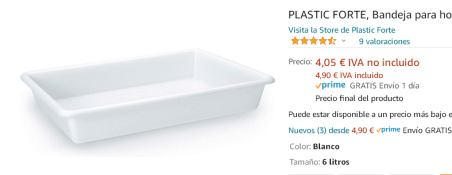I was wondering what happens if I do fix but delayed for FB prints. This question raised by the situation that I need to print 7-10 prints and I have only two trays. So I was thinking what if I print all print in a roll but only develop / stopper stage then fix them later all together. I know this is not field manual process but was thinking why not. My concerns are
1. Assuming the print was staying enough time in stopbath, still delayed fixing stage would be problem?
2. Also there would be two cases of dried print or still wet, while prints are waiting for fixing stage
3. Exposing light while waiting for fixing would effect on the print?
Any experience or knowledge would be appreciated, thank you.
1. Assuming the print was staying enough time in stopbath, still delayed fixing stage would be problem?
2. Also there would be two cases of dried print or still wet, while prints are waiting for fixing stage
3. Exposing light while waiting for fixing would effect on the print?
Any experience or knowledge would be appreciated, thank you.





